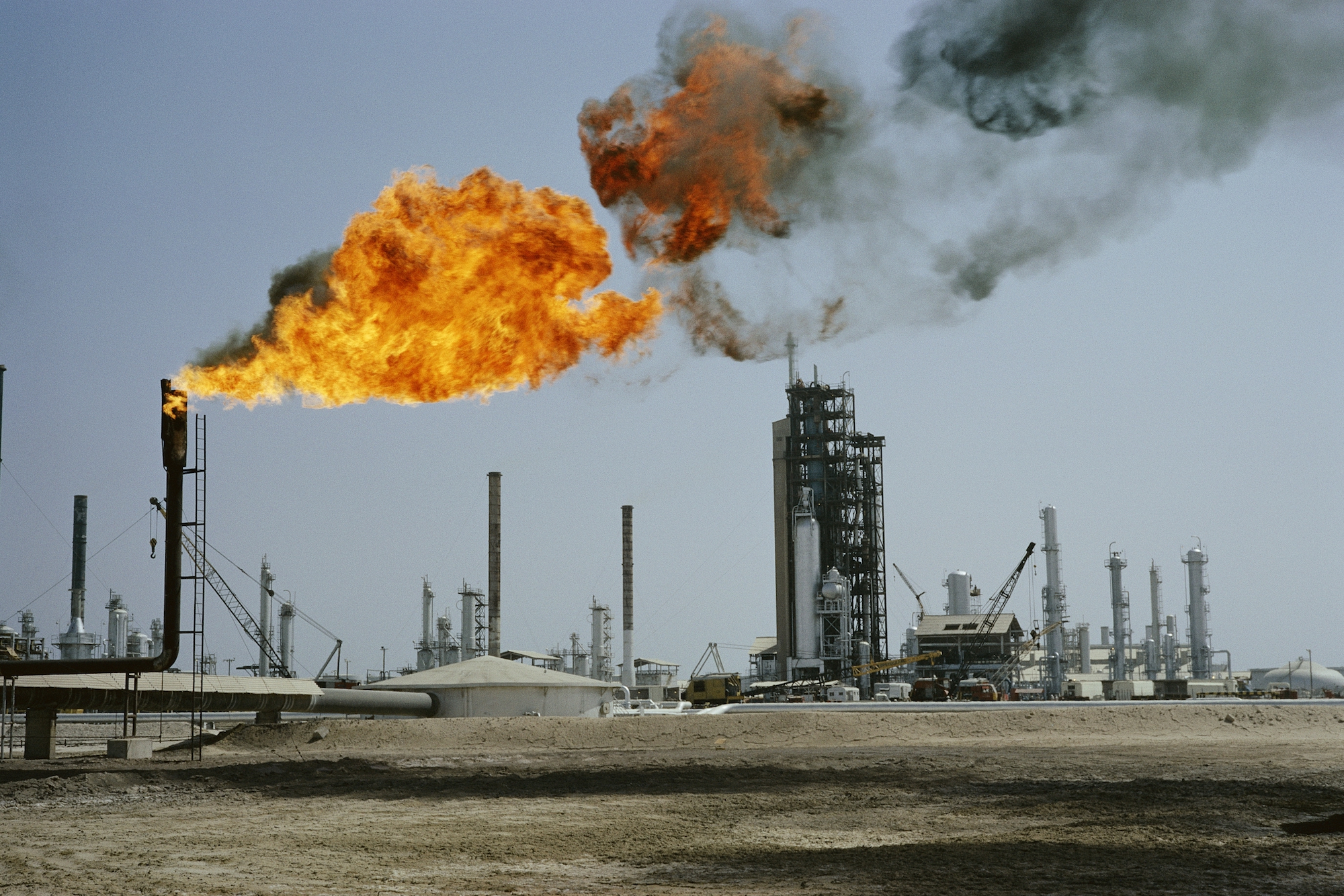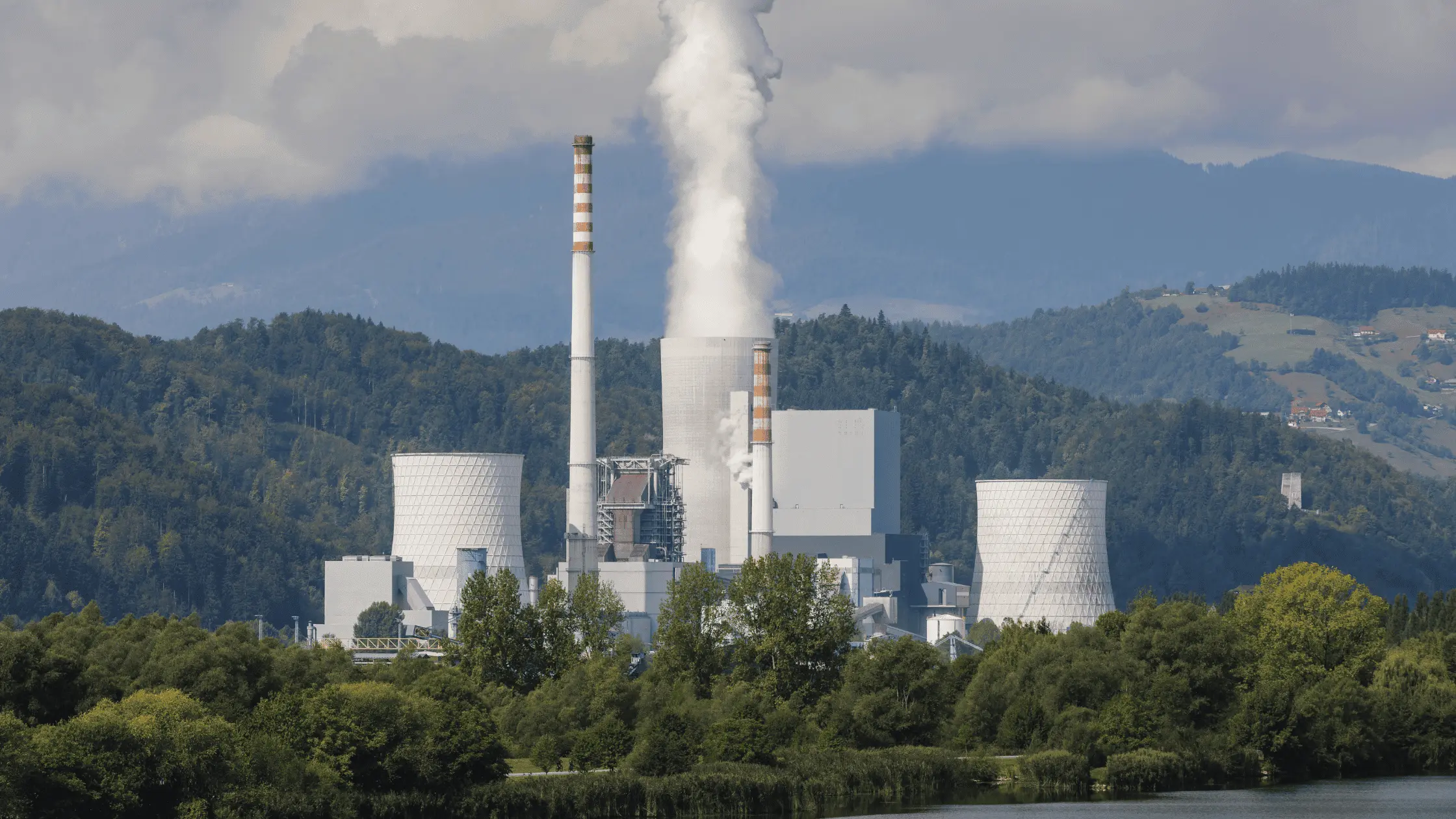Fossil fuels have played a pivotal role in powering human civilization for centuries, shaping the way we live, work, and innovate. Despite the growing emphasis on renewable energy sources, it’s essential to acknowledge the numerous advantages that fossil fuels bring to our daily lives. In this blog post, we will explore the advantages of fossil fuels, delve into their various uses, examples, types, composition, and distinguish them from non-fossil fuel sources.
What are Fossil Fuels?
Fossil fuel is a type of fuel that is buried in flammable geological deposits of organic matter (e.g. dead plants, animals, etc.) that have been deposited under thousands of feet of sediments. As time went on, these deposits decayed and became transformed into natural gas (NGL), coal (CO2) and petroleum (Eocene Ozone). Because of the intense heat and pressure within the Earth’s core, fossil fuels are also referred to as “non-renewable” sources of energy because it takes a long time for them to be replenished.
What are Types, Formation and Uses of Fossil Fuels
Fossil Fuels are of the following types:-
- Coal
- Petroleum
- Natural Gas
1. Coal
Coal is complex and black. It is composed of carbon, oxygen, nitrogen, and sulphur. There are three main types of coal: Anthracite, lignite, and bituminous. Anthracite is the most challenging type of coal to mine. It contains more carbon than lignite. Lignite contains more oxygen and hydrogen than bituminous but less carbon. Bituminous is a mild form of coal. Coal is industrially processed to produce derivatives such as coke, coal tar, and coal gas. The advantages of fossil fuel in the formation of coal play an critical role.
How Coal is Formed
Coalification is the process of the formation of coal. Millions of years ago, the dense forest found in the low lying wetland was buried in the ground. As the soil continued to deposit over them, they were compressed. As they moved deeper and deeper into the earth, they were exposed to high temperature and high pressure. Over time, these substances slowly converted into coal.

Uses of Coal
In the early days, coal was used to create steam in railway engines. Today, coal is used for cooking food, electricity generation in thermal plants, and as a fuel in industries.
2. Petroleum
It is a clear, oily liquid that is typically green or black. It has a peculiar odour and is made up of petroleum gas (petrol), diesel (diesel), paraffin wax (petrol), lubricating oil (lubricating oil), etc. It is also known as “Black Gold” due to its wide range of applications in many industries.
How Petroleum is Formed
Animals and plants died, and their bodies were left to settle on the ocean floor. They were compressed by the sand and clay, and when exposed to high temperatures and pressures, they transformed into petroleum. Petroleum is separated from crude oil through a series of steps in a refinery, which is called petroleum refining.
Uses of Petroleum
Petrol is used to drive internal combustion engines. Roofs, road pavements, and water repellent use it. It is also used in the production of detergents, plastic materials, fibres, and polyethene.
3. Natural Gas
Natural gas is a fossil fuel that is colourless, odourless, and easily transported through pipelines. It is stored under high pressure as CNG. It is a cleaner and less polluting fossil fuel. Methane is the main natural gas.
Formation of Natural Gas
Phytoplankton and zooplankton sinks to the ocean floor and are mixed with organic matter to form organic mud. The mud is then buried under other sediments and is lithified to form organic shales. This prevents the organic shales from being exposed to oxygen. It does this by preventing the organic material from being broken down by bacteria. As the pressure and temperature rise, the organic shales become waxy material called kerogen. As the temperature rises from 90 to 160°C, kerogen is converted into a natural gas.
Uses of Natural Gas
Compressed Natural Gas (CNG) is used to produce electricity. It is used as a fuel in cars. It can be used at home for cooking. It is also used as a raw material in chemical and fertilizer applications.
Are Fossil Fuels Renewable?
Fossil fuel is a non-renewable resource. Most of what we consume is produced by burning fossil fuels. However, these fuels are consumed at a much higher rate. As a result, the demand for fossil fuels is decreasing. Therefore, fossil fuels are difficult to replace. This is why fossil fuels are referred to as nonrenewable resources.
Advantages of Fossil Fuels
Fossil fuel can produce large amounts of electricity in one place. It is easy to find. It is inexpensive. Pipelines are easy to transport oil and gas. It has become safer. It is a finite resource.
Disadvantages of Fossil Fuels
When fossil fuels are burned, they release carbon dioxide, one of the leading greenhouse gases and the main cause of pollution. These fuels are not renewable resources, so they can’t be replaced once used. Burning fossil fuels also increases the environment’s acidity, leading to unpredictable and harmful changes. The extraction of fossil fuels can also lead to the development of fatal diseases. For example, coal miners often develop Black Lung Disease due to exposure to chemicals. On the other hand, natural gas drillers are exposed to silica all the time, which can be hazardous to their health.
These are the various Advantages of fossil fuels which plays an important role in the formation of earth.






